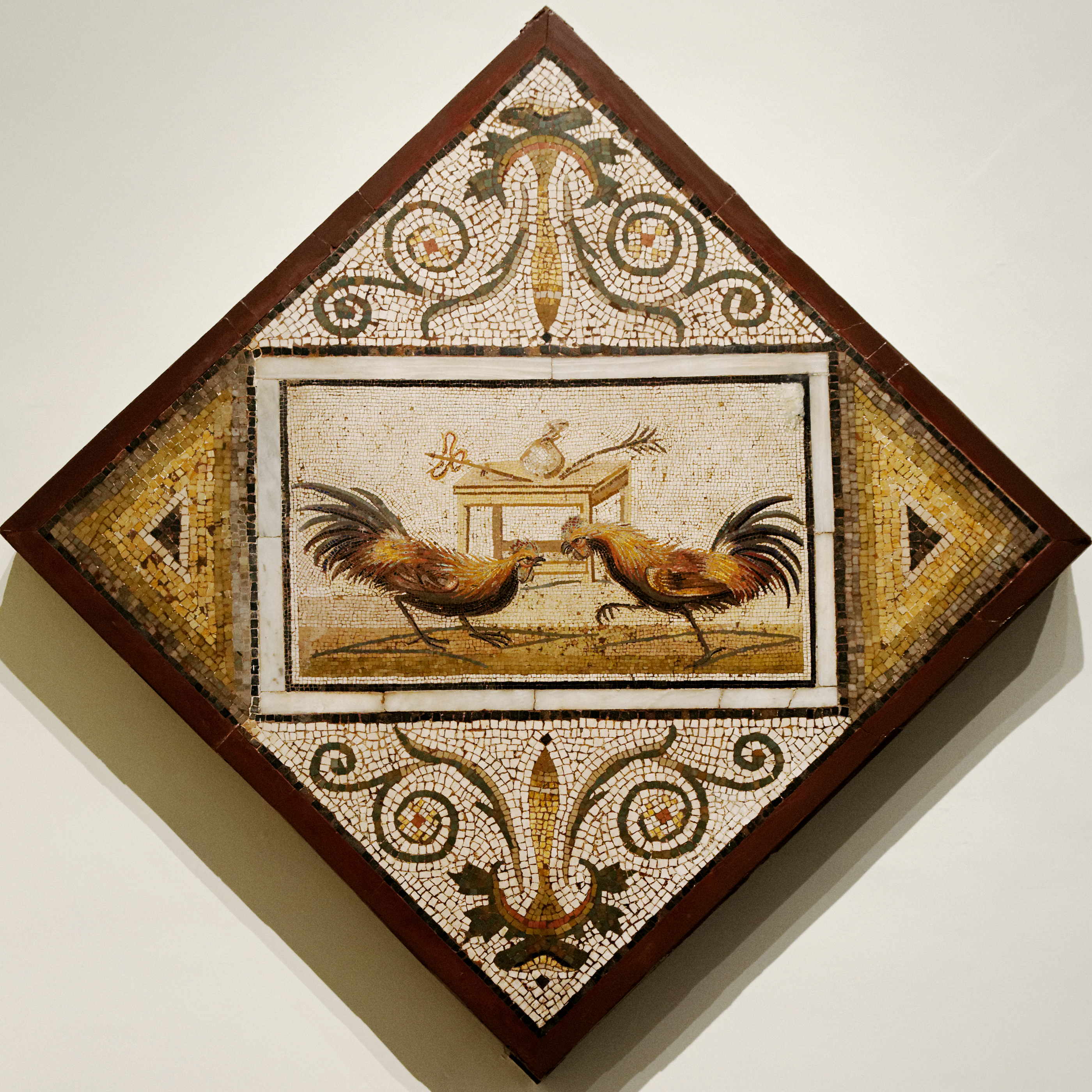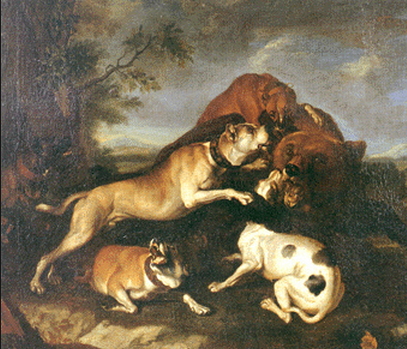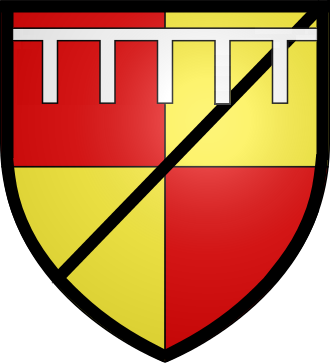|
Congleton, UK
Congleton is a market town and civil parish in Cheshire East, Cheshire, England. It is on the River Dane, south of Manchester and north of Stoke on Trent. At the 2021 census, the parish had a population of 28,497 and the built-up area had a population of 30,005. Toponymy The town's name is of unknown origin. The first recorded reference to it was in 1282, when it was spelt ''Congelton''. The element ''Congle'' might relate to the old Norse ''kang'' meaning a bend, followed by the Old English element ''tun'' meaning settlement. History The first settlements in the Congleton area were Neolithic. Stone Age and Bronze Age artefacts have been found in the town. Congleton was once thought to have been a Roman settlement, although there is no archaeological or documentary evidence to support this. Congleton became a market town after Vikings destroyed nearby Davenport. Godwin, Earl of Wessex held the town in the Saxon period. The town is mentioned in the Domesday Book, where it i ... [...More Info...] [...Related Items...] OR: [Wikipedia] [Google] [Baidu] |
Congleton Town Hall
Congleton Town Hall is a municipal building in the High Street, Congleton, Cheshire, England. The town hall, which is the meeting place of Congleton Town Council, is a grade II* listed building. History The first town hall on the site was a half-timbered, black and white structure referred to as the "moot hall": it included a Village lock-up, lock-up and a courtroom and was completed in the late 15th century. This structure was replaced by a second building on the same site referred to as the "guildhall"; it was designed in the Neoclassical architecture, neoclassical style with a colonnade, a lock-up and a courtroom and was completed in 1804. It was expanded, as a gift from Antrobus baronets, Sir Edmund Antrobus, 1st Baronet, to create a market hall and an assembly room in 1823. After the second town hall became inadequate, civic leaders decided to procure a third town hall on the site. The third building was the subject of a design competition which was assessed by Alfred Water ... [...More Info...] [...Related Items...] OR: [Wikipedia] [Google] [Baidu] |
Godwin, Earl Of Wessex
Godwin of Wessex (; died 15 April 1053) was an Anglo-Saxon nobleman who became one of the most powerful earls in England under the Danish king Cnut the Great (King of England from 1016 to 1035) and his successors. Cnut made Godwin the first Earl of Wessex (). Godwin was the father of King Harold II () and of Edith of Wessex, who in 1045 married King Edward the Confessor (). Rise to power Godwin's father was probably Wulfnoth Cild, who was a thegn of Sussex. His origin is unknown but 'Child' (also written Cild) is cognate with 'the Younger' or 'Junior' and is today associated with some form of inheritance. In 1009 Wulfnoth was accused of unknown crimes at a muster of Æthelred the Unready's fleet and fled with twenty ships; the ships sent to pursue him were destroyed in a storm. Godwin was probably an adherent of Æthelred's eldest son, Æthelstan, who left him an estate when he died in 1014. This estate in Compton, Sussex, had once belonged to Godwin's father. After C ... [...More Info...] [...Related Items...] OR: [Wikipedia] [Google] [Baidu] |
John Tams
John Tams (born 16 February 1949) is an English actor, singer, songwriter, composer and musician born in Holbrook, Derbyshire, Holbrook, Derbyshire, the son of a Public house, publican. He first worked as a reporter for the ''Ripley, Derbyshire, Ripley & Heanor News'' later working for BBC Radio Derby and BBC Radio Nottingham. Tams had an early part in the BBC serialisation of Lawrence's ''The Rainbow (BBC serial), The Rainbow'' (1988), and may be best known for playing a regular supporting role in the ITV drama series ''Sharpe (TV series), Sharpe'', as rifleman Daniel Hagman. He also co-wrote the music for each film alongside Dominic Muldowney. Tams was a member of Derbyshire folk group Muckram Wakes in the 1970s, then worked with Ashley Hutchings as singer and Diatonic button accordion, melodeon-player on albums including ''Son of Morris On'', and as a member of the British folk rock group Albion Band. Splitting with Hutchings in the 1980s, he formed Home Service. In the follo ... [...More Info...] [...Related Items...] OR: [Wikipedia] [Google] [Baidu] |
Congleton Chronicle
The ''Congleton Chronicle'' is a weekly newspaper published every Thursday in Congleton, Cheshire, England. Founded in 1893 by Robert Head at 11 High Street, Congleton, the newspaper remains at that address, and is the only independently owned, paid-for newspaper in Cheshire. The paper is owned by the Condliffe family, following a management buyout led by former editor John Condliffe in 1988. His son Jeremy is the current editor Editing is the process of selecting and preparing written, visual, audible, or cinematic material used by a person or an entity to convey a message or information. The editing process can involve correction, condensation, organization, a ... – only the fourth since the paper was founded – who created the second father to son succession (after Robert Head to his son Lionel). In addition to the Congleton Chronicle, the company also publishes the ''Sandbach Chronicle'', the ''Biddulph Chronicle'' and, launched in January 2012, the ''Alsage ... [...More Info...] [...Related Items...] OR: [Wikipedia] [Google] [Baidu] |
Cockfighting
Cockfighting is a blood sport involving domesticated roosters as the combatants. The first documented use of the word gamecock, denoting use of the cock as to a "game", a sport, pastime or entertainment, was recorded in 1634, after the term "cock of the game" used by George Wilson, in the earliest known book on the sport of cockfighting in ''The Commendation of Cocks and Cock Fighting'' in 1607. But it was during Ferdinand Magellan's voyage of discovery of the Philippines in 1521 when modern cockfighting was first witnessed and documented for Westerners by the Italian Antonio Pigafetta, Magellan's chronicler, in the Kingdom of Taytay. The gamecocks (not to be confused with game birds) are specially bred and conditioned for increased stamina and strength. Male and female chickens of such a breed are referred to as gamefowl. Cocks are also bred to be aggressive towards other males of their species. Wagers are often made on the outcome of the match, held in a ring called a ... [...More Info...] [...Related Items...] OR: [Wikipedia] [Google] [Baidu] |
Bear-baiting
Bear-baiting was a historical blood sport in which a chained bear and one or more dogs were forced to fight one another. It also sometimes involved pitting a bear against another animal. Until the 19th century, it was commonly performed in Great Britain, Sweden, India, Pakistan, and Mexico among others. Today, "bear-baiting" most commonly refers to the practice of using edible bait to lure bears into an area for hunting. Bear-baiting in all forms has been subject to controversy and debate among animal rights advocates for centuries. History Europe Great Britain Bear-baiting was very popular from the 12th until the 19th century. From the 16th century, many bears were maintained for baiting. In its best-known form, arenas for this purpose were called bear-gardens, consisting of a circular high fenced area, the " pit", and raised seating for spectators. A post would be set in the ground towards the edge of the pit and the bear chained to it, either by the leg or neck. Severa ... [...More Info...] [...Related Items...] OR: [Wikipedia] [Google] [Baidu] |
Decapitation
Decapitation is the total separation of the head from the body. Such an injury is invariably fatal to humans and all vertebrate animals, since it deprives the brain of oxygenated blood by way of severing through the jugular vein and common carotid artery, while all other organs are deprived of the autonomic nervous system, involuntary functions that are needed for the body to function. The term beheading refers to the act of deliberately decapitating a person, either as a means of murder or as an capital punishment, execution; it may be performed with an axe, sword, or knife, or by mechanical means such as a guillotine. An executioner who carries out executions by beheading is sometimes called a headsman. Accidental decapitation can be the result of an explosion, a car or industrial accident, improperly administered execution by hanging or other violent injury. The national laws of Saudi Arabia and Yemen permit beheading. Under Sharia in Nigeria, Sharia, which exclusively appl ... [...More Info...] [...Related Items...] OR: [Wikipedia] [Google] [Baidu] |
Merchant Guild
A guild ( ) is an association of artisans and merchants who oversee the practice of their craft/trade in a particular territory. The earliest types of guild formed as organizations of tradespeople belonging to a professional association. They sometimes depended on grants of letters patent from a monarch or other ruler to enforce the flow of trade to their self-employed members, and to retain ownership of tools and the supply of materials, but most were regulated by the local government. Guild members found guilty of cheating the public would be fined or banned from the guild. A lasting legacy of traditional guilds are the guildhalls constructed and used as guild meeting-places. Typically the key "privilege" was that only guild members were allowed to sell their goods or practice their skill within the city. There might be controls on minimum or maximum prices, hours of trading, numbers of apprentices, and many other things. Critics argued that these rules reduced Free market, fre ... [...More Info...] [...Related Items...] OR: [Wikipedia] [Google] [Baidu] |
Corporation Of Congleton
The Corporation of Congleton was the civic organisation for Congleton established by charter by Henry de Lacy in 1271/2. This charter bestowed a range of rights: * to elect a mayor and ale taster * to have a merchant guild * to behead known felon A felony is traditionally considered a crime of high seriousness, whereas a misdemeanor is regarded as less serious. The term "felony" originated from English common law (from the French medieval word "''félonie''") to describe an offense that ...s Mayors of Congleton * 1637 John Bradshawe"Bradshaw, John". ''The Oxford Dictionary of National Biography''. VIII, 1921. References {{reflist Former administrative divisions of the United Kingdom ... [...More Info...] [...Related Items...] OR: [Wikipedia] [Google] [Baidu] |
Henry De Lacy, Earl Of Lincoln
Henry de Lacy, Earl of Lincoln (c. 1251February 1311), Baron of Pontefract, Lord of Bowland, Baron of Halton and hereditary Constable of Chester, was an Kingdom of England, English nobleman and confidant of King Edward I of England, Edward I. He served Edward in Wales, France, and Scotland, both as a soldier and a diplomat. Through his mother he was a great-grandson of Amadeus IV, Count of Savoy. He is the addressee, or joint composer, of a poem (a ''tenson'') by Walter of Bibbesworth about Crusades, crusading, ''La pleinte par entre missire Henry de Lacy et sire Wauter de Bybelesworthe pur la croiserie en la terre seinte''. Origins Henry was the son and heir of Edmund de Lacy, Baron of Pontefract (c. 1230–1258) (eldest son and heir apparent of John de Lacy, Earl of Lincoln (c. 1192–1240) and Margaret de Quincy, Countess of Lincoln, Margaret de Quincy suo jure Countess of Lincoln (c. 1206–1266)) by his wife Alice of Saluzzo, a Savoyard noblewoman descended from Amadeus ... [...More Info...] [...Related Items...] OR: [Wikipedia] [Google] [Baidu] |
De Lacy
de Lacy (Laci, Lacie, Lascy, Lacey, Lassey) is the surname of an old Norman family which originated from Lassy, Calvados. The family took part in the Norman Conquest of England and the later Norman invasion of Ireland. The name is first recorded for Hugh de Lacy (1020–1085). His sons, Walter and Ilbert, left Normandy and travelled to England with William the Conqueror. The awards of land by the Conqueror to the de Lacy sons led to two distinct branches of the family: the northern branch, centred on Blackburnshire and west Yorkshire was held by Ilbert's descendants; the southern branch of Marcher Lords, centred on Herefordshire and Shropshire, was held by Walter's descendants. Until 1361, the northern branch of the family held the great Lordship of Bowland before it passed through marriage to the Duchy of Lancaster. They were also Barons of Pontefract and later (via two female lines) Earls of Lincoln. The southern branch of the family became substantial landholders in the ... [...More Info...] [...Related Items...] OR: [Wikipedia] [Google] [Baidu] |
Earl Of Chester
The Earldom of Chester () was one of the most powerful earldoms in medieval England, extending principally over the counties of Cheshire and Flintshire. Since 1301 the title has generally been granted to heirs apparent to the English throne, and after 1707 the British throne. From the late 14th century, it has been given only in conjunction with that of Prince of Wales. Honour of Chester and County Palatinate The County of Cheshire was held by the powerful Earls (or "Counts" from the Norman-French) of Chester from the late eleventh century, and they held land all over England, comprising "the honour of Chester". By the late twelfth century (if not earlier) the earls had established a position of power as ''quasi''-princely rulers of Cheshire that led to the later establishment of the County Palatine of Chester and Flint. Such was their power that ''Magna Carta'' set down by King John did not apply to Cheshire and the sixth earl was compelled to issue his own version. Co ... [...More Info...] [...Related Items...] OR: [Wikipedia] [Google] [Baidu] |







